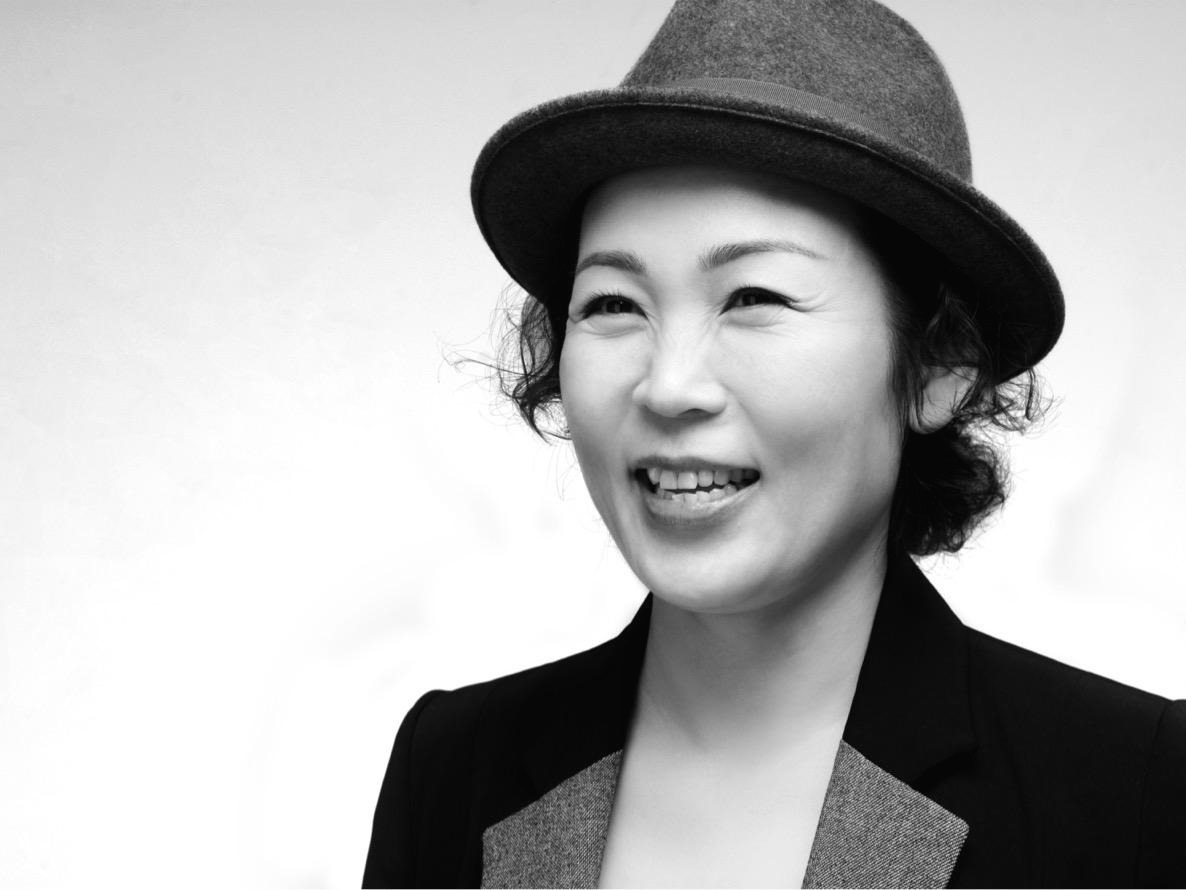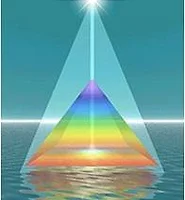| 일 | 월 | 화 | 수 | 목 | 금 | 토 |
|---|---|---|---|---|---|---|
| 1 | 2 | 3 | 4 | 5 | ||
| 6 | 7 | 8 | 9 | 10 | 11 | 12 |
| 13 | 14 | 15 | 16 | 17 | 18 | 19 |
| 20 | 21 | 22 | 23 | 24 | 25 | 26 |
| 27 | 28 | 29 | 30 | 31 |
- 울산 메이크업
- 섹시 메이크업
- 1950년대 메이크업
- 메이크업 스쿨
- 허지웅
- 컬러진단
- 메이크업
- 인테리어
- 메이크업 아티스트
- 봄
- 메이크업 샵
- 메이크업 학원
- 퍼스널 컬러
- 메이크업 배우기
- 웨딩촬영
- 피부 좋아지는 방법
- 전문직
- 강사
- 버티는 삶에 관하여
- 웨딩드레스
- 뷰티 컨설팅
- 퍼스널 컬러 이미지 메이킹
- 메이크업 강의
- 진로
- MBC 뷰티아카데미
- 컬러리스트
- 2012 트랜드
- 메이크업 강좌
- 봄 메이크업
- sook'c
- Today
- Total
sookc의 색과 사람들
뇌와 색 이야기 본문
PUTTING COLOR IN THE BRAIN
|
|
칼라 이론에 대한 16개 강의를 번역 소개 하려고 합니다. 원천자료의 내용에 충실한 번역을 추구했고 칼라 이론가가 아닌 점을 감안하여 읽으시기 바랍니다. 첨부파일 참고 하세요. 원천텍스트 출처: http://www.wetcanvas.com/ArtSchool/Color/ColorTheory/Lesson1/index.html |
|
|
|
|
|
Additionally, the left hemisphere is specialized for designating sequenced steps in mixing colors -- for example, "to mix orange, add yellow to red," or "to darken blue, add black." 게다가 좌반구는 예를 들면 ‘오렌지색을 조합하기 위해 빨강에 노랑을 첨가’ 혹은 ‘파랑을 짙게 하기 위해 검은색을 첨가’와 같은 색 조합에 있어 순서화된 단계를 지정하는데 특성화 되어 있다
우반구는 색에 있어 또 다른 중요한 기능을 보인다. 그것은 바로 어떤 색의 결합이 특정 색을 만들어 내는가를 이해하는 것이다. 예를 들면 회색의 색 대역(연장된 색의 계열 범위)에서 우반구는 어떤 지점의 회색이 붉은 색으로 따뜻하게 되는지 어떤 지점의 회색이 푸른색으로 차갑게 되는지 이해할 수 있게 해 준다. |
'sookc의 색과 사람들 > 권박사 칼럼' 카테고리의 다른 글
| 파스텔의 세계로.. (0) | 2012.03.30 |
|---|---|
| 도시 경관의 추한 구석에서부터 색 공부를 시작해 볼까요? (0) | 2012.03.10 |
| A WHEEL OF COLOR (0) | 2012.02.02 |
| Lessons in Color Theory (0) | 2012.02.02 |
| 色에 대한 공부 (0) | 2012.01.21 |







